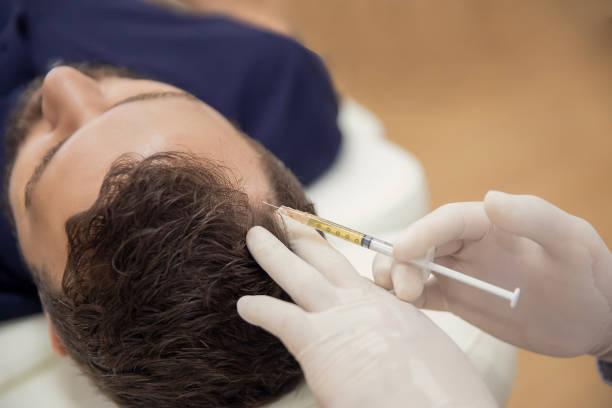No products in the cart.
FAQ's
Everything You Need to Know
Your hair is an integral part of your identity and self-esteem. So when you start noticing thinning hair, it can affect many aspects of your life and change how you feel about yourself. A hair restoration surgery is the best way to regain the natural appearance of your hair permanently, but it is only a decision you should make with careful consideration.
Hair restoration surgery can be considered a safe option for individuals with hair loss or thinning. The transplanted hairs are able to resist the hormone responsible for hair loss, making the results permanent. While there may be some risks associated with the surgery, when performed by a qualified and experienced surgeon, the procedure can be a safe and effective solution for hair restoration.
Unless your body has gone through some hormonal change (puberty, pregnancy, cancer treatments, etc.), it’s unlikely that your hair texture will change much. You may notice that your hair becomes curlier as you transition and your hair gets healthier.
Hair restoration procedures, whether it is FUE (Follicular Unit Extraction) or FUT (Follicular Unit Transplantation), have the potential to provide permanent results. During both procedures, hair grafts are taken from the patient’s donor area and transplanted into the balding or thinning areas of the scalp. Once these hair grafts are transplanted, they typically continue to grow naturally for the rest of the patient’s life. However, it is important to note that the success of the procedure depends on various factors such as the surgeon’s skill, the patient’s health, quality of the donor hair, etc.
One of the most common side effects patients may experience is bleeding and scalp swelling. The nature of hair restoration means that follicles will be removed from areas of the head that see healthy hair growth and be restored into the treatment areas through incisions.
We will do everything possible to ensure your comfort on the day of surgery. First, you will receive a sedative to relax, and then a local anesthetic will be administered to ensure a pain-free surgical experience.
Hair restoration is a medical procedure that helps to bring back hair growth and reduce hair loss. It is usually done through surgical methods, such as hair transplant and scalp reduction, or non-surgical methods, such as scalp micropigmentation and laser therapy. The aim of hair restoration is to improve the appearance and thickness of hair in areas of the scalp where there is hair loss or balding. The suitability of the treatment depends on various factors such as the age, hair type, gender, extent of hair loss and medical history of the patient.
From an ethical perspective, the minimum age for hair restoration is typically around the age of 25. This is because when a person reaches 25 and is experiencing hair loss, there is some idea of how the hair loss is progressing and what can be done.
- Improved Self-Image.
- A Permanent Hair Loss Solution.
- Permanently Eliminates Balding.
- Hair restorations are Low Maintenance.
- Long-Term Cost Savings.
Need to get a routine check-up done? Consult a dermatologist to determine the root cause of your hair loss. During a consultation, the dermatologist will conduct a thorough examination of your scalp. Additionally, they might perform a blood test to identify the specific reason behind your hair loss.


